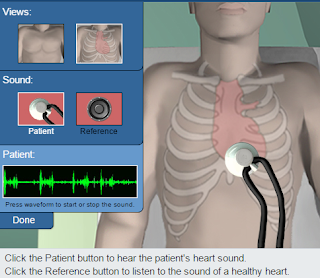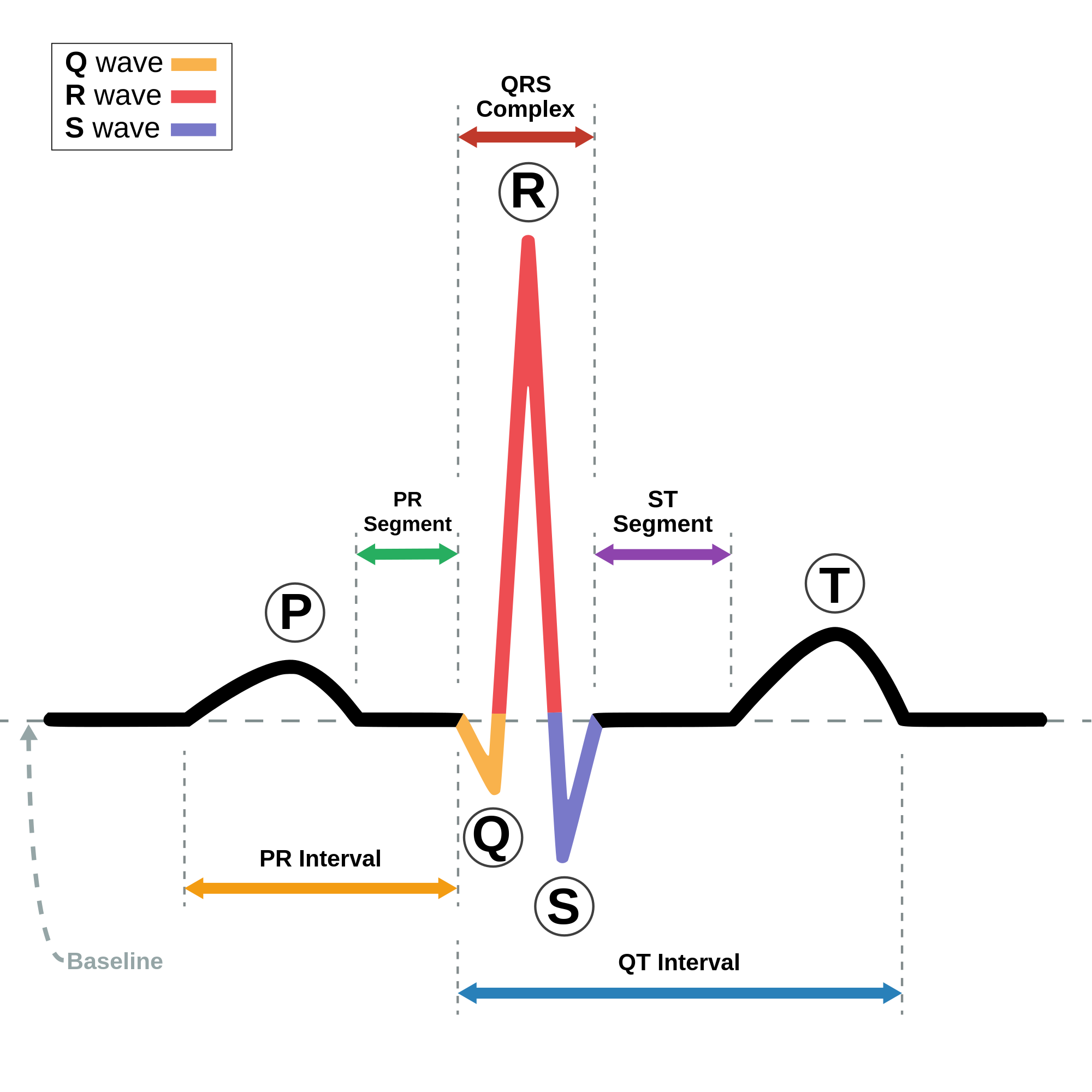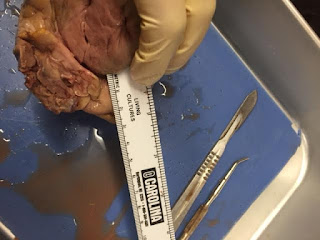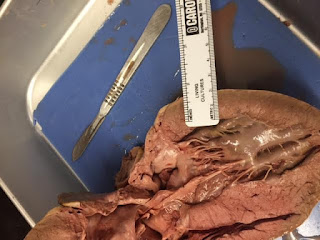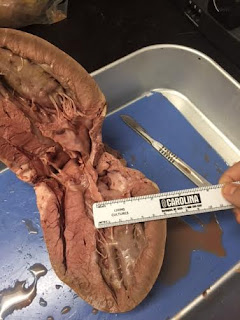My lab partner and I chose to take advantage of the election year by using videos of politicians as an emotional stimulus in a blood pressure monitoring experiment. To begin the lab process, we gathered five volunteer participants. With each test subject, we conducted a survey to determine their basic political views. The survey is as follows:
1) Which candidate is your first choice for the 2016 election? (Donald Trump, Ted Cruz, Hillary Clinton, or Bernie Sanders)
2) Which candidate is your last choice for the 2016 election? (Donald Trump, Ted Cruz, Hillary Clinton, or Bernie Sanders)
3) Which political party do you most agree with? (Democratic, Republican, or Independent)
4) What information are you aware of regarding Hillary Clinton's involvement in the Benghazi events that occurred on September 11, 2012, as well as her Benghazi hearings?
5) What information are you aware of regarding the recent Planned Parenthood events?
6) What information are you aware of regarding the government shutdown, as well as Ted Cruz's involvement in the situation?
7) What information are you aware of regarding Donald Trump's "wall" policy proposal?
8) How would you define socialism? Does socialism contradict or enforce American values (the ideals put in place by the Founding Fathers)?
The results from the survey are shown here:
Subject A
Supported Bernie Sanders the most, Donald Trump the least. (Democrat)
Subject J
Supported Bernie Sanders the most, Donald Trump the least. (Independent)
Subject T
Supported Bernie Sanders the most, Donald Trump the least. (Democrat)
Subject D
Supported Ted Cruz the most, Bernie Sanders the least. (Republican)
Subject B
Supported Ted Cruz the most, Hillary Clinton the least. (Republican)
After completing the survey, we evaluated their answers and selected videos according to their responses. We showed them both the pros and cons for each candidate they chose (first choice and last choice). To measure their heart activity, we took their blood pressure before and after showing them the pros and cons for each candidate. The videos we showed are linked below:
Hillary Clinton Con:
https://www.youtube.com/watch?v=8BfNqhV5hg4
https://www.youtube.com/watch?v=BQ7qfnaYSTA&ebc=ANyPxKp1uu5-4-MNKm_-oraSvgsFRDaSvj-P_vYd-qaaGFvt5wLkOGMtQtP_X5porvL2ipErT99XeTRohuJ2mXUbBgNAVR684g
Ted Cruz Con:
https://www.youtube.com/watch?v=bZC8VPz-ySM
http://youtu.be/EOBq2TatJ0M
Donald Trump Con:
https://www.youtube.com/watch?v=ptUpK_y4g8k
Bernie Sanders Con:
https://www.youtube.com/watch?v=3g7cz5aXSsQ
Before we began the experiment, my lab partner and I hypothesized that if we exposed several people to videos that contradicted their ideas, a negative emotional response would be elicited, resulting in an increase in their blood pressure.
The results from the lab are shown below:
Once this data was collected, we complied the information and found the average percent of change in blood pressure. This data was then organized in the following graph:
After reviewing the data, we observed that the participants' reactions to the experiment were highly varied and did not carry a distinct pattern of reaction. Therefore, the data did not support a distinct conclusion for the lab.
In order to communicate these results to the public and scientific community, my lab partner and I created a poster with the information from the lab and displayed it in the hallway. This poster is pictured below.
Although the results from this lab were slightly disappointing, I found this project to be very beneficial in aiding my understanding of blood pressure and heart activity. I hope you enjoyed it as much as I did!
Donald Trump Con:
https://www.youtube.com/watch?v=ptUpK_y4g8k
Bernie Sanders Con:
https://www.youtube.com/watch?v=3g7cz5aXSsQ
http://youtu.be/TBIZ5w4Rn24
Donald Trump Pro:
http://youtu.be/khD3gJGLvQo
http://youtu.be/PDUsznqnhQ0
Donald Trump Pro:
http://youtu.be/khD3gJGLvQo
http://youtu.be/PDUsznqnhQ0
Before we began the experiment, my lab partner and I hypothesized that if we exposed several people to videos that contradicted their ideas, a negative emotional response would be elicited, resulting in an increase in their blood pressure.
The results from the lab are shown below:
Once this data was collected, we complied the information and found the average percent of change in blood pressure. This data was then organized in the following graph:
After reviewing the data, we observed that the participants' reactions to the experiment were highly varied and did not carry a distinct pattern of reaction. Therefore, the data did not support a distinct conclusion for the lab.
In order to communicate these results to the public and scientific community, my lab partner and I created a poster with the information from the lab and displayed it in the hallway. This poster is pictured below.
Although the results from this lab were slightly disappointing, I found this project to be very beneficial in aiding my understanding of blood pressure and heart activity. I hope you enjoyed it as much as I did!








